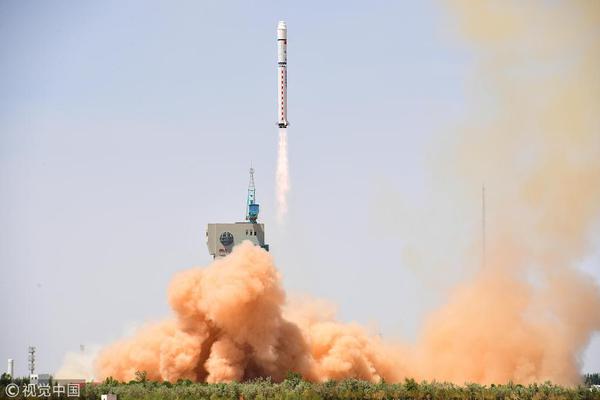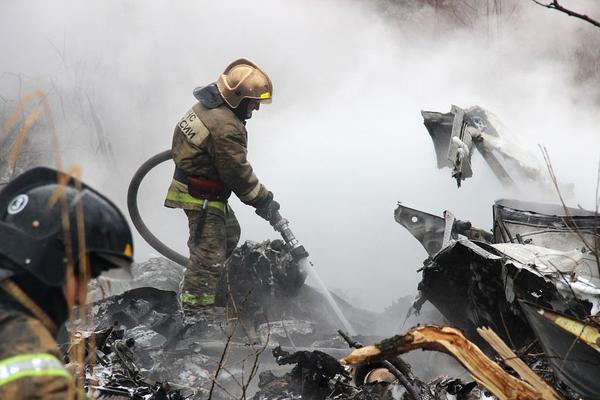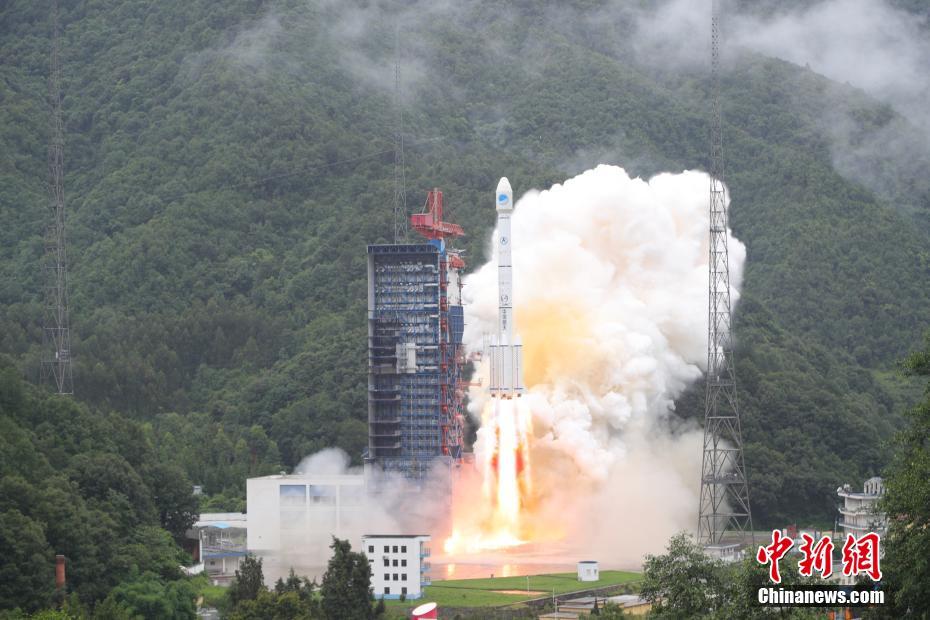
The development of mobile communication technology has gone through three stages: the first generation of mobile communication system: In the late 1970s, AT&T in the United States developed the first set of cellular mobile phone systems; the second-generation mobile communication system: the second-generation mobile communication digital wireless standards include: GSM; D-AMPS; PDC and IS-95CDMA, etc.
Looking at the development process of mobile communication, contemporary mobile communication can be divided into three stages: (1) The first generation of mobile communication is based on analog FM and frequency division multi-address technology, including public mobile communication system represented by cellular network system, dedicated mobile communication system represented by cluster system and no Rope phone.
Five remarkable achievements have been made in the construction of digital China in the new era: digital infrastructure has achieved leapfrog development.

1. Judging from the development process of mobile communication, mobile communication basically needs to be upgraded every 10 years. The first generation of mobile communication technology began in the 1980s, a cellular wireless telephone system based on analog technology. The 1G wireless system is designed to transmit only voice traffic and receive network traffic restrictions.
2. Its development history can be divided into the following stages: 2002-2005: At the beginning of its establishment, it mainly provided fixed telephone, broadband and other services.2006-2010: Began to lay out the 3G network and launched a number of value-added services, such as mobile payment, mobile TV, etc.
3. From 1G to 5G refers to the renewal of mobile communication technology, and the upcoming 5G is the fifth generation.
1. Specifically, each generation of communication technology is different in many places, but the biggest difference is the difference in speed.
2. G presents the characteristics of low delay, high reliability and low power consumption. It is no longer a single wireless access technology, but a general term for the solution after the integration of a variety of new wireless access technologies and existing wireless access technologies (4G backward evolution technology).
3. G period, that is, GPRS (General Packet Radio Service) general packet wireless service period. At this time, there is a data Internet service. With the PS core network, that is, Packet Switch, packet switching/packet switching. Packet switching no longer occupies the channel, but sends packets one after another.
The more typical systems of the second-generation cellular mobile communication are GSM, D-AMPS (ADC or IS-136), PDC (JDC ) and CDMA (IS-95). Except for CDMA (IS-95) The system uses CDMA technology to distinguish different physical channels, and other systems use TDMA technology to distinguish different physical channels.
Because the mobile communication system adopts a cellular structure, the mobile station must switch across the area when crossing the spatially divided community. That is, complete the transfer of the air interface from the mobile station to the base station and the corresponding transfer of the base station to the network population and the network population to the switching center.
This system consists of a mobile service switching center (MSC), a base station (BS) equipment and a mobile station (MS) (user device) and a transmission line from the switching center to the base station, as shown in the figure below.
Allowing to switch cellular data means allowing the switching of mobile data traffic.
1. The meaning of GSM GlobalSystem for Mobile Communications, that is, GSM, also known as Pan-European digital mobile phone system, It is the most widely used mobile phone standard at present. More than 1 billion people in more than 200 countries and regions around the world are using GSM phones.
2. The Global Mobile Communication System, abbreviated as GSM, is a digital mobile communication standard formulated by ETSI, the European Telecommunication Standards Organization. Its air interface adopts time-time multi-address technology. Since it was put into commercial use in the mid-1990s, it has been adopted by more than 100 countries around the world.
3. GSM is what we commonly call 2G network, not 3G network. 3G network can be backward compatible with 2G network.
How to build a trade data strategy-APP, download it now, new users will receive a novice gift pack.
The development of mobile communication technology has gone through three stages: the first generation of mobile communication system: In the late 1970s, AT&T in the United States developed the first set of cellular mobile phone systems; the second-generation mobile communication system: the second-generation mobile communication digital wireless standards include: GSM; D-AMPS; PDC and IS-95CDMA, etc.
Looking at the development process of mobile communication, contemporary mobile communication can be divided into three stages: (1) The first generation of mobile communication is based on analog FM and frequency division multi-address technology, including public mobile communication system represented by cellular network system, dedicated mobile communication system represented by cluster system and no Rope phone.
Five remarkable achievements have been made in the construction of digital China in the new era: digital infrastructure has achieved leapfrog development.

1. Judging from the development process of mobile communication, mobile communication basically needs to be upgraded every 10 years. The first generation of mobile communication technology began in the 1980s, a cellular wireless telephone system based on analog technology. The 1G wireless system is designed to transmit only voice traffic and receive network traffic restrictions.
2. Its development history can be divided into the following stages: 2002-2005: At the beginning of its establishment, it mainly provided fixed telephone, broadband and other services.2006-2010: Began to lay out the 3G network and launched a number of value-added services, such as mobile payment, mobile TV, etc.
3. From 1G to 5G refers to the renewal of mobile communication technology, and the upcoming 5G is the fifth generation.
1. Specifically, each generation of communication technology is different in many places, but the biggest difference is the difference in speed.
2. G presents the characteristics of low delay, high reliability and low power consumption. It is no longer a single wireless access technology, but a general term for the solution after the integration of a variety of new wireless access technologies and existing wireless access technologies (4G backward evolution technology).
3. G period, that is, GPRS (General Packet Radio Service) general packet wireless service period. At this time, there is a data Internet service. With the PS core network, that is, Packet Switch, packet switching/packet switching. Packet switching no longer occupies the channel, but sends packets one after another.
The more typical systems of the second-generation cellular mobile communication are GSM, D-AMPS (ADC or IS-136), PDC (JDC ) and CDMA (IS-95). Except for CDMA (IS-95) The system uses CDMA technology to distinguish different physical channels, and other systems use TDMA technology to distinguish different physical channels.
Because the mobile communication system adopts a cellular structure, the mobile station must switch across the area when crossing the spatially divided community. That is, complete the transfer of the air interface from the mobile station to the base station and the corresponding transfer of the base station to the network population and the network population to the switching center.
This system consists of a mobile service switching center (MSC), a base station (BS) equipment and a mobile station (MS) (user device) and a transmission line from the switching center to the base station, as shown in the figure below.
Allowing to switch cellular data means allowing the switching of mobile data traffic.
1. The meaning of GSM GlobalSystem for Mobile Communications, that is, GSM, also known as Pan-European digital mobile phone system, It is the most widely used mobile phone standard at present. More than 1 billion people in more than 200 countries and regions around the world are using GSM phones.
2. The Global Mobile Communication System, abbreviated as GSM, is a digital mobile communication standard formulated by ETSI, the European Telecommunication Standards Organization. Its air interface adopts time-time multi-address technology. Since it was put into commercial use in the mid-1990s, it has been adopted by more than 100 countries around the world.
3. GSM is what we commonly call 2G network, not 3G network. 3G network can be backward compatible with 2G network.
HS code integration with digital customs forms
author: 2024-12-23 23:47How to navigate non-tariff barriers
author: 2024-12-23 23:13Refined metals HS code references
author: 2024-12-23 22:34Global trade data for PESTEL analysis
author: 2024-12-23 22:23HS code tagging in tariff databases
author: 2024-12-23 22:13Real-time import duties calculator
author: 2024-12-23 23:59Composite materials HS code research
author: 2024-12-23 23:21Country of import HS code variations
author: 2024-12-23 23:07How to map complex products to HS codes
author: 2024-12-23 22:33 Trade data for market entry strategies
Trade data for market entry strategies
893.73MB
Check HS code mapping for duty optimization
HS code mapping for duty optimization
797.68MB
Check HS code-based risk profiling for exporters
HS code-based risk profiling for exporters
577.98MB
Check MRO HS code checks
MRO HS code checks
648.41MB
Check How to ensure tariff compliance
How to ensure tariff compliance
668.11MB
Check Best global trade intelligence tools
Best global trade intelligence tools
259.61MB
Check How to ensure trade compliance audits
How to ensure trade compliance audits
785.63MB
Check Real-time container throughput data
Real-time container throughput data
126.56MB
Check Predictive supply chain resilience
Predictive supply chain resilience
421.47MB
Check Pharma supply chain HS code checks
Pharma supply chain HS code checks
288.78MB
Check global trade management
global trade management
348.92MB
Check Trade data for route profitability
Trade data for route profitability
655.24MB
Check HS code alignment with logistics software
HS code alignment with logistics software
233.16MB
Check Mineral ores HS code tariff details
Mineral ores HS code tariff details
213.88MB
Check HS code-based textile tariff scheduling
HS code-based textile tariff scheduling
183.59MB
Check How to simplify multi-leg shipments
How to simplify multi-leg shipments
432.79MB
Check How to select the best trade data provider
How to select the best trade data provider
167.87MB
Check Dairy powder HS code references
Dairy powder HS code references
477.57MB
Check Petroleum products HS code insights
Petroleum products HS code insights
597.26MB
Check Global trade intelligence whitepapers
Global trade intelligence whitepapers
841.13MB
Check Global trade data harmonization
Global trade data harmonization
533.22MB
Check How to identify export-ready products
How to identify export-ready products
341.18MB
Check Dynamic customs duty calculation
Dynamic customs duty calculation
263.48MB
Check Metals and alloys HS code verification
Metals and alloys HS code verification
825.33MB
Check HS code-based re-exports in free zones
HS code-based re-exports in free zones
379.14MB
Check Dynamic trade data cleansing
Dynamic trade data cleansing
926.11MB
Check How to implement JIT with global data
How to implement JIT with global data
535.14MB
Check Predictive trade infrastructure analysis
Predictive trade infrastructure analysis
178.98MB
Check HS code mapping to trade agreements
HS code mapping to trade agreements
789.82MB
Check Latin America HS code compliance tips
Latin America HS code compliance tips
581.43MB
Check HS code-driven product bundling strategies
HS code-driven product bundling strategies
432.66MB
Check HS code-based competitive advantage analysis
HS code-based competitive advantage analysis
959.28MB
Check Trade data for construction materials
Trade data for construction materials
736.19MB
Check How to track non-compliance incidents
How to track non-compliance incidents
733.22MB
Check Sustainable trade data analytics
Sustainable trade data analytics
964.42MB
Check Trade flow analysis software
Trade flow analysis software
216.77MB
Check
Scan to install
How to build a trade data strategy to discover more
Netizen comments More
577 HS code alignment with import licensing
2024-12-23 23:40 recommend
2757 Tobacco products HS code verification
2024-12-23 22:51 recommend
724 How to leverage FTA data
2024-12-23 22:39 recommend
2894 HS code harmonization in NAFTA region
2024-12-23 22:10 recommend
831 Global trade analytics for decision-makers
2024-12-23 21:34 recommend